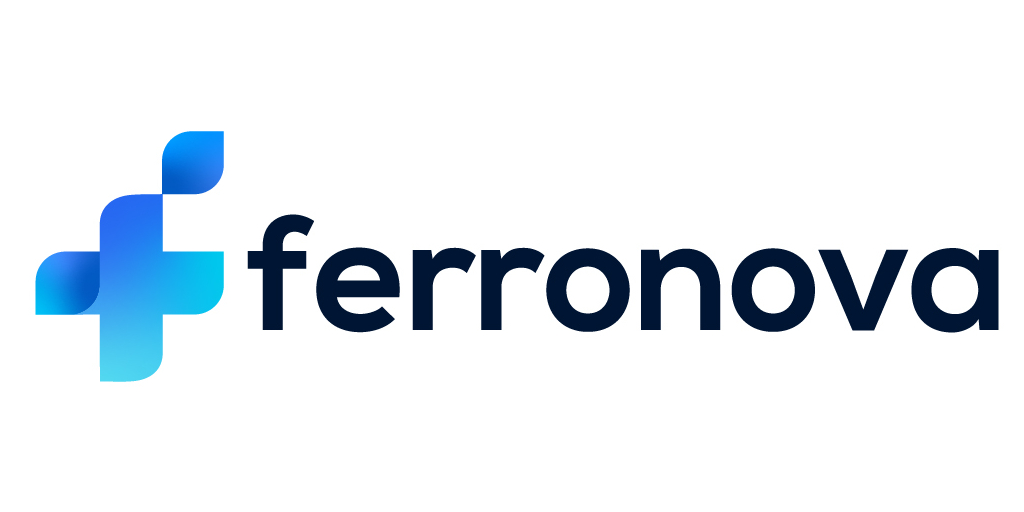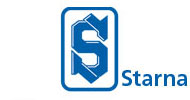BRISBANE, Australia & CAMBRIDGE, Mass.–(BUSINESS WIRE)–Vaxxas, a clinical-stage biotechnology company, has expanded its global intellectual property portfolio to 42 patents, supporting its exclusive claim to manufacture and sell its proprietary vaccination technology, the high-density microarray patch (HD-MAP), in the United States, Europe, Asia and Australia.
Vaxxas’ patent portfolio covers all significant proprietary aspects of the company’s vaccine delivery platform and products, including the manufacture and use of the HD-MAP technology and novel applicator device; vaccine formulations; and methods for formulating, loading and coating vaccines on HD-MAP technology.
The latest patent issued to Vaxxas in November 2024 covers the specific design and use of the HD-MAP and applicator technology for vaccine delivery to the skin in the United States.
Following issuance of the company’s latest US patent, Vaxxas CEO and President David Hoey said, “Vaxxas is aiming to transform the vaccine market by improving the performance of vaccines and reducing the economic and logistical challenges typically associated with needle-and-syringe vaccination.
“The growing breadth of our patent portfolio protects our exclusive use of the technologies necessary to achieve this goal, as well as freely manufacture and sell our products at commercial scale and in a safe and regulatory compliant manner.”
Vaxxas Chief Technology Officer Dr Angus Forster said the company has been very intentional in building its global intellectual property portfolio.
“The coverage of Vaxxas’ issued patents, both geographically and technologically, sets us apart as we continue to mature our vaccination platform and expand our range of products,” said Dr Forster.
“In the past 24 months alone, we have filed seven new patent applications covering new aspects of our technology platform, including HD-MAP delivery of mRNA vaccines, the fastest growing segment of the vaccine market. These patent applications, if granted, would extend our cover through to 2045.”
Vaxxas is scaling up to manufacture and distribute the world’s first commercially available vaccine patches from its global headquarters and state of the art biomedical facility in Brisbane.
Vaxxas Chief Operating Officer Scott Fry added, “Because we’re developing a combination product that includes a vaccine or medicine component with a medical device, we have broad patenting opportunities.
“We not only file patents around the vaccines we formulate and deliver, but also the systems and processes to manufacture the HD-MAPs and applicators at scale. This latest US patent is further evidence of the value our team of engineers brings to technology that could transform the vaccine industry.”
Vaxxas’ HD-MAP technology has completed five successful Phase I clinical trials involving over 500 participants with vaccines that address some of the world’s biggest health challenges including COVID-19, flu, and measles and rubella.
Vaxxas is currently conducting its first US IND-enabled Phase I clinical study for a pre-pandemic influenza vaccine involving 258 participants, with funding from the United States Biomedical Advanced Research and Development Authority (BARDA).
About Vaxxas
Vaxxas is a privately held biotechnology company focused on enhancing the performance of existing and next-generation vaccines with its proprietary high-density microarray patch (HD-MAP). Vaxxas is targeting initial applications in infectious diseases and oncology.
With success in several completed human clinical trials, Vaxxas’ HD-MAP vaccine delivery platform is advancing toward commercialisation. The company has completed Phase I clinical trials for COVID-19, seasonal influenza, and measles and rubella vaccine patches involving more than 500 participants; and conducted other vaccine studies targeting pandemic influenza with funding from the Biomedical Advanced Research and Development Authority (BARDA) – part of the Administration for Strategic Preparedness and Response within the U.S. Department of Health and Human Services.
Vaxxas’ core technology was initially developed at The University of Queensland (UQ), and the company was established as a start-up in 2011 by UQ’s commercialisation group UniQuest. The company was founded with the completion of an initial equity financing led by OneVentures Innovation Fund I with co-investors Brandon Capital Partners and US-based HealthCare Ventures, followed by further financing led by OneVentures, joined by UQ.
OneVentures Innovation Fund I and Brandon BioCatalyst are supported by the Australian Government’s Innovation Investment Fund (IIF) program. The IIF is an Australian Government venture capital initiative that provides investment capital and managerial expertise through licensed venture capital fund managers to investee companies. Learn more at OneVentures and Brandon Capital.
About HD-MAP needle-free vaccines
The Vaxxas high-density microarray patch (HD-MAP) is comprised of thousands of microscopic projections moulded into a small patch. Each microprojection is ‘printed’ with a small dose of vaccine in a dried formulation. When applied to the skin, the patch delivers the vaccine to the abundant immune cells that naturally reside immediately below the skin surface.
HD-MAP vaccine delivery has the potential to overcome challenges faced by traditional needle and syringe delivery of vaccines. For example, the dried form of the vaccine has been shown in early clinical studies to be more stable at higher temperatures than vaccines in liquid formulations, potentially reducing the need for cold-chain storage and distribution.1
Previous studies have also shown the safety and tolerability of Vaxxas’ HD-MAP for use in vaccine delivery and inducing equal or greater immune responses to injected vaccines at lower doses.1 Compared with needle and syringe systems, HD-MAP vaccines are designed to be easier to administer and have potential use in future pandemic responses.1
Caution
The Vaxxas HD-MAP delivered vaccines are under investigation and available only for investigational uses. They are not available anywhere in the world for sale or purchase. As such, Vaxxas makes no claim that the vaccines are reliable, durable, dependable, safe, or effective, and makes no claim that it is superior to any other vaccine or vaccine delivery technology.
References
1 Baker, B., Hacker, E., Siller, G., Lee, M., Mursaliyev, N., & Forster, A. (2023). Evaluation of the self-administration potential of high-density microarray patches to human skin: A preliminary study. Human Vaccines & Immunotherapeutics, 19(1). https://doi.org/10.1080/21645515.2023.2189409
Contacts
Australia
Amy Miller
WE Communications
+61 431 072 422
United States
Kathryn Morris
The Yates Network
+1 914 204 6412










